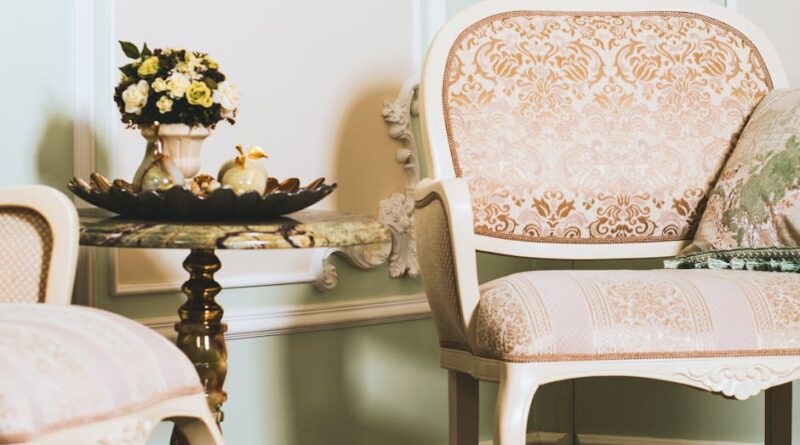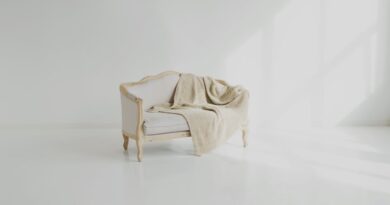Tips for Upholstering Antique Furniture Safely
Upholstering antique furniture can breathe new life into cherished pieces. But how do you do it safely? Whether you’re a seasoned DIYer or a beginner, understanding the process is key. Here are some tips to help you take on your next upholstery project with confidence.
What Makes Antique Upholstery Unique?
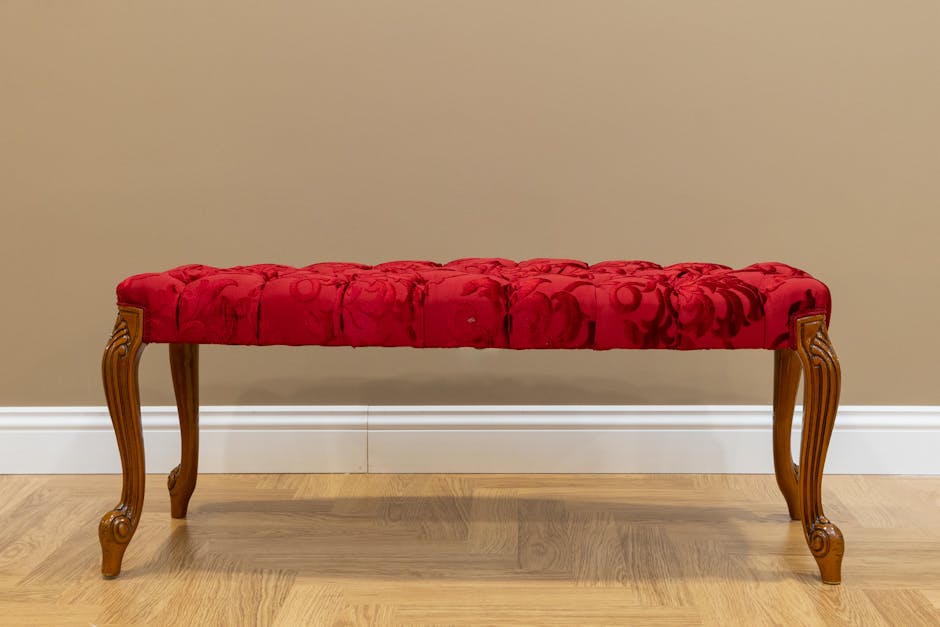
Antique furniture often comes with a history. Each piece tells a story, and that’s part of it’s charm. However, this history also means you need to be careful. Older fabrics and materials can be delicate. Understanding what makes antique upholstery special can help you preserve it’s beauty.
What Tools Will You Need?

Before diving in, gather your tools. Heres a quick list:
- Upholstery fabric
- Staple gun
- Screwdriver
- Scissors
- Measuring tape
- Needle and thread
- Foam or batting
Having the right tools makes a huge difference. It saves time and helps you work more efficiently.
How Do You Prepare Your Antique Furniture?
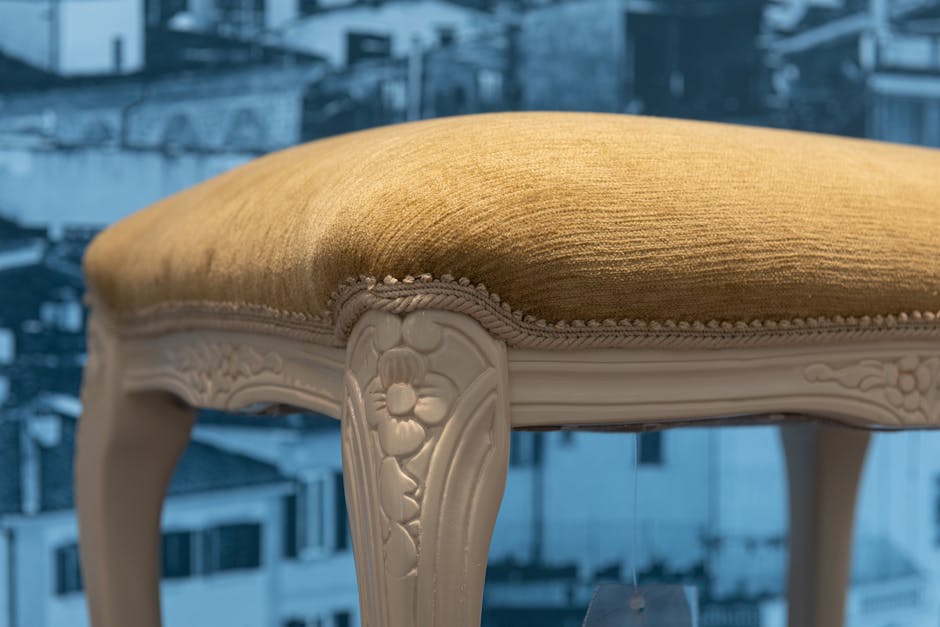
Preparation is vital for a successful upholstery job. Start by cleaning the piece thoroughly. Remove dust and dirt, but be gentle. Use a soft cloth and a mild cleaner. This ensures you don’t damage any finishes.
Next, inspect the furniture. Look for any loose joints or structural issues. If you find something, fix it before starting the upholstery. A sturdy frame is essential for lasting results.
What is the Best Way to Remove Old Upholstery?
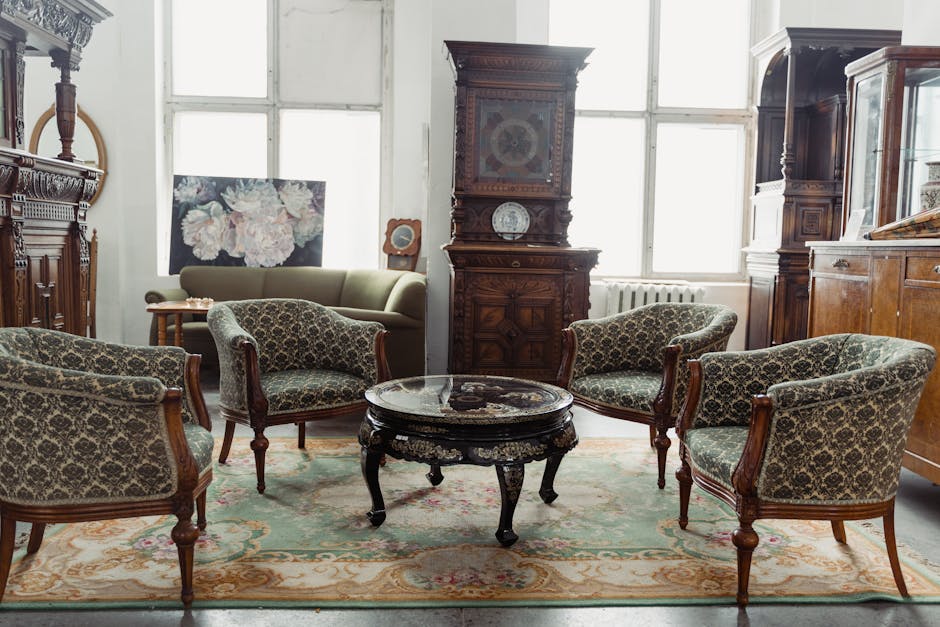
Removing old upholstery can feel daunting. But, with patience, you can do it safely. Use your screwdriver to take apart the chair or couch. Keep track of screws and pieces as you go. it’s a good idea to take photos for reference.
Carefully pull off the old fabric. Use your staple gun to help remove staples. If you encounter any nails, a claw hammer can work wonders. Be gentle to avoid damaging the frame.
How to Choose New Fabric for Antique Upholstery?
Choosing the right fabric is crucial. Look for durable materials that suit the style of your antique piece. Cotton, linen, and wool are great choices. They offer durability and comfort.
Consider the color and pattern too. You want something that complements the piece, not overwhelms it. If you’re unsure, bring home fabric samples and see how they look in your space.
What Is the Best Way to Measure for New Upholstery?
Measuring accurately is vital. Start by laying the old fabric flat. Measure each section carefully. Write down your measurements. don’t forget to add a few extra inches for seams!
For cushions, measure the length, width, and thickness. This ensures you buy enough fabric for a perfect fit.
How to Safely Apply New Upholstery?
With your fabric ready, it’s time to start applying it. Begin with the largest sections first. Lay the fabric over the frame and pull it taut. Use your staple gun to secure it in place.
Work your way around the furniture, making sure to keep the fabric tight and even. Take your time. If you rush, you might end up with wrinkles or uneven seams.
What About Cushions and Padding?
Cushions often need new foam or batting. This adds comfort and supports the new fabric. Measure your cushions and cut foam to fit. You can find foam at craft stores or online.
For added softness, wrap the foam in batting. This gives your cushions a plush feel. Staple the new fabric over the foam, just like the rest of the piece.
How to Finish the Edges Neatly?
Finishing edges can make or break your upholstery job. Take your time with this step. Fold and tuck the fabric neatly before stapling. Use a fabric adhesive for extra security on corners.
For a polished look, consider adding trim. A simple trim can elevate your piece from ordinary to extraordinary.
Are There Safety Precautions to Consider?
Yes! Safety should always come first. Wear gloves to protect your hands from sharp staples or nails. A dust mask can help when working with older materials, especially if you’re unsure of their safety.
Always work in a well-ventilated area. If you’re using strong adhesives or chemicals, open windows and turn on fans.
What Should You Do After Upholstering?
Once you finish, give your piece some time to air out. This helps any strong smells dissipate. Place your newly upholstered furniture in a spot where it can shine.
Consider using a fabric protector to help extend the life of your new upholstery. It can shield against stains and wear.
How to Care for Your Upholstered Antique Furniture?
To keep your furniture looking great, regular care is essential. Vacuum the fabric often to remove dust. Use an upholstery brush to keep fibers looking fresh.
For stains, act quickly. Blot the stain gently with a clean cloth. Avoid rubbing, as this can damage the fabric. Depending on the fabric, a mild soap solution may help.
Conclusion: Ready to Start Your Upholstery Adventure?
Upholstering antique furniture can be a rewarding experience. By following these tips, you can tackle your project safely. Remember to take your time and enjoy the process.
don’t forget: it’s not just about the finished product. it’s about the stories youll create along the way. Happy upholstering!
For more detailed guides, check out this guide on upholstering furniture. And for those who want to explore more about antique furniture care, visit our related post “Antique Furniture Care Tips.”
